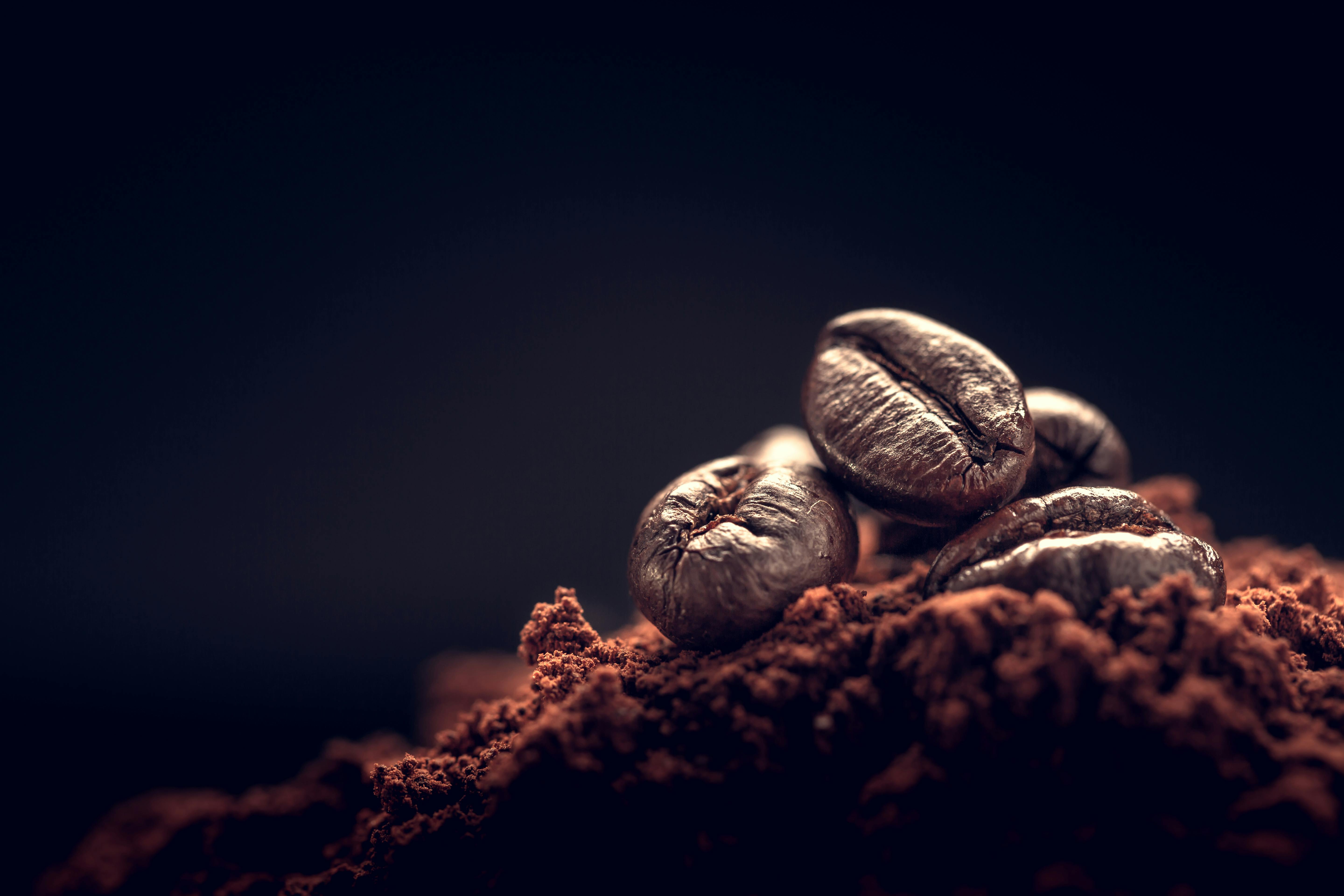Please select your preferred language
Blog
The Powder Test
The evolution of coffee craft

If we don’t know the amount of coffee being used in our recipe, we’re flying blind; from both a financial and sensorial perspective!
Instead of guesswork, you can use the “powder test” function on Eversys machines which allows you to weigh the coffee manually. Here’s how to measure your dose:
1. take out the grinds tray and tare it on some scales.
2. Put the tray back under the machine.
3. Navigate to the recipe page and select cake thickness; you’ll notice the brown “powder test” button appears. Press that button and wait for the grinder to stop.
4. Remove and weigh the grinds tray.
This is your dose! I recommend doing this at least twice and averaging the results, and only after the machine has successfully completed an ETC calibration. Without those two steps you won’t be seeing an accurate representation of dose weight. With this information we can calculate the density of our coffee, and make informed changes to cake thickness. If our cake thickness is 20mm and our dose is 20g then our coffee has a density of 1g/mm in the eversys machine’s brewing chamber. If we wanted 22g then we could easily move to 22mm for the desired result. Usually it’s never this neat, so we need some maths! Take your dose weight and divide it by the cake thickness and you’ll get grams per millimetre. Eg. 18g / 19mm = 0.947g/mm. If you wanted 20g of this coffee instead, then you simply divide 20 by 0.947 and get a new cake thickness of 21.1mm.
One important consideration here is that each coffee will have a different density. Low altitude Brasilians and high altitude Colombians can be completely different, so it pays to perform the above test with each coffee just to make sure.
To the boundaries of coffee,